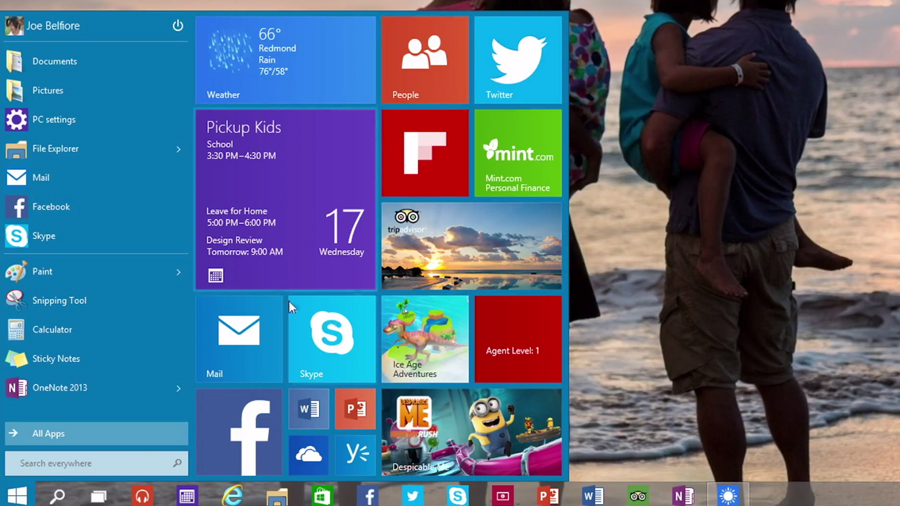What are the hidden costs of software licensing?
More complex than you think

For most businesses, fully understanding their software usage and working out the number of software licences they own as well as calculating when they expire or need renewing is a constant source of frustration.
Licensing complexities continue to increase as new technology platforms launch and software consumption methods evolve, and this coupled with the introduction of cloud based usage has seen software from many vendors become increasingly harder to keep tabs on.
Microsoft for example, is changing their licensing models, offering several types of licensing schemes in order to be both cost effective and flexible - but this makes it even harder to keep tabs on existing licenses. So how do you keep on top of software licensing?
Bring Your Own Device (BYOD)
There has been a recent rise in the number of workers implementing the BYOD policy offered by their employers. Bring your own device has seen companies allowing employees to use their own personal devices into the workplace.
These devices are party to privileged company information and applications, and therefore the organisation must have the required software licenses to cover them. If there are any license compliance issues with a device, regardless of whether the end user owns the device, the company will always take the fall. This can cause unexpected costs - having to buy many new licenses to an unexpected penalty.
Client Access Licenses
Originally, servers were used to share documents but now they have developed to host the organization's intranet, hold virtual desktops and support the virtual environment. To access the information stored on the server each device or user needs a Client Access License (CAL), this is where it can get complicated.
If you decide to license per device, you license each device to access the server but if you have employees who have multiple devices it would be more economical to license per user, whilst managing a mixture or user and device CALs is administratively difficult, Microsoft don't actually mind how you choose license your estate as long as you can demonstrate how you are managing it - the one exception being Enterprise Agreements, then you choose device or user. Adding another point of confusion - no matter how many servers you have, you only need one CAL.
Are you a pro? Subscribe to our newsletter
Sign up to the TechRadar Pro newsletter to get all the top news, opinion, features and guidance your business needs to succeed!
CAL usage is strictly enforced, and with complications arising from the number of devices and locations from which an application might be accessed, CAL licensing complexity can be difficult to avoid but is harshly penalised, so shouldn't be ignored.
Citrix and Windows Terminal Servers
If you have multiple employees requiring differing software stacks then you need to ensure they are accessing only the software they are entitled to but also only from licensed devices. On one server you could publish Microsoft Office, Project and Visio to specific groups of employees with rights to access each piece of software.
To enforce control over these user rights it is often necessary to introduce a management system that can prevent inadvertent usage by an approved user from unlicensed device- this is one of the prevalent areas of shortfall discovered during vendor instigated audits.
Whilst this will facilitate compliance with the vendor's licensing terms it merely illustrates worst case liability but does not help with the re-harvesting of unused licenses so the ability to track which devices have accessed which applications within a 90 day window can help when deciding which users do actually require non-standard applications.
Downtime
When businesses purchase software licenses the largest part overlooked is the actual cost of their employee's time during implementation as well as maintenance and support. A recent study by the U.S Department Of Commerce showed that software purchase expenditure only accounted for around 30% of the total amount spent on software overall - with the costs rising due to management, implementation and labour costs.
Hiring Licensing Expertise
Sometimes thought of as a hidden cost, hiring license management expertise actually helps eliminate unnecessary software spend and often reduces an organization's overall software spend - not to mention provide peace of mind should an audit request come through. It is also a long-term cost saving measure, with the initial outlay of hiring an external company sure to come full circle and be recouped in the future.
Hiring a Software Asset Management (SAM) expert eases the pressure of managing software licensing complexities, enabling you to concentrate on strategic thinking, moving your business forward and feel safe in the knowledge that your license management is being safely taken care of.
- Sean Robinson is Managing Director of SAM and license management experts License Dashboard.